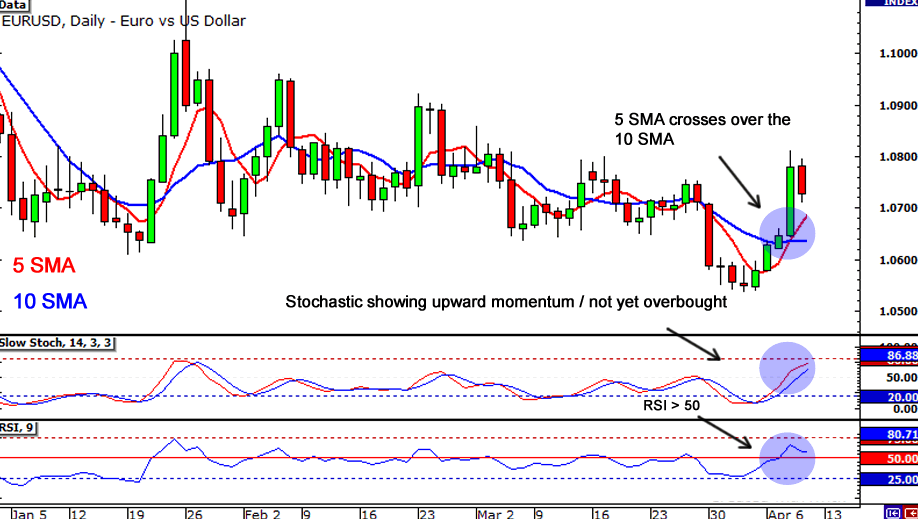Successful forex trading requires a solid understanding of the different strategies and techniques used to navigate the market. One of the essential components of a forex trader’s arsenal is a forex trading system. In this article, we will explore Trading Forex System in-depth, including what they are, how they work, and the various types of systems available. The subheadings we will cover include:
- What is a Forex Trading System?
- Types of Forex Trading Systems
- Benefits and Drawbacks of Forex Trading Systems
- How to Develop Your Own Forex Trading System
What is a Forex Trading System?
A forex trading system is a set of rules, strategies, and techniques used by traders to identify and execute trades in the forex market. In the first two paragraphs, we have emphasized the importance of understanding forex trading systems. These systems help traders make informed decisions by analyzing market trends, price movements, and other factors that influence currency values.
Forex trading systems can be manual or automated. Manual systems require traders to analyze the market and execute trades themselves, while automated systems, also known as algorithmic trading or Expert Advisors (EAs), use pre-programmed software to automatically execute trades based on specific criteria.
Types of Forex Trading Systems
There are various types of forex trading systems, each with its unique characteristics and approaches. Some of the most common types include:
- Trend-following Systems: These systems aim to capitalize on the market’s directional momentum by identifying and following the prevailing trend. Trend-following systems typically use technical indicators like moving averages and trendlines to identify entry and exit points.
- Scalping Systems: Scalping systems focus on making multiple short-term trades with small profit targets. These systems aim to exploit small price movements and require traders to be highly disciplined and focused.
- Swing Trading Systems: Swing trading systems seek to profit from short- to medium-term price movements by holding positions for several days or weeks. These systems often use a combination of technical and fundamental analysis to identify potential trade opportunities.
- Price Action Systems: Price action systems rely on the analysis of raw price data, such as candlestick patterns and support/resistance levels, to make trading decisions. These systems do not rely on technical indicators and instead focus on understanding and interpreting the underlying market dynamics.
Benefits and Drawbacks of Forex Trading Systems
Forex trading systems offer various benefits and drawbacks that traders should consider:
- Benefits:
- Increased objectivity and discipline: A well-defined trading system helps traders make objective decisions and reduces the influence of emotions on trading.
- Consistency: Trading systems provide a consistent approach to the market, which can improve the trader’s performance over time.
- Time-saving: Automated trading systems can save time by executing trades on the trader’s behalf, allowing them to focus on other aspects of their trading.
- Drawbacks:
- Losses: No trading system is perfect, and losses are inevitable. It is crucial for traders to manage their risk and remain disciplined, even during losing streaks.
- Over-optimization: Traders may fall into the trap of over-optimizing their trading systems to fit historical data, which can lead to poor performance in real-time market conditions.
- Technical issues: Automated trading systems can be susceptible to technical issues, such as software bugs or connectivity problems, which can impact the system’s performance.
How to Develop Your Own Forex Trading System
Developing your own forex trading system involves a series of steps:
- Define your trading objectives and risk tolerance.
- Select a trading style that aligns with your objectives and personality.
- Identify the specific technical indicators, chart patterns, and other tools that you will use to analyze the market.
- Establish clear entry and exit rules for your trades.
- Develop a risk management plan, including stop-loss and take-profit levels.
- Test your trading system on historical data to evaluate its performance.
- Continuously refine and optimize your trading system based on your performance and market feedback.
Conclusion and Suggestions
Understanding the concept of a forex trading system is crucial for successful forex trading. Developing your own trading system involves a clear understanding of your objectives, risk tolerance, and preferred trading style. Remember that no trading system is perfect, and it’s essential to continually refine and optimize your system based on real-time market conditions and your performance. By following the guidelines in this article, you’ll be well on your way to unlocking the secrets of forex trading and achieving success in the market.







